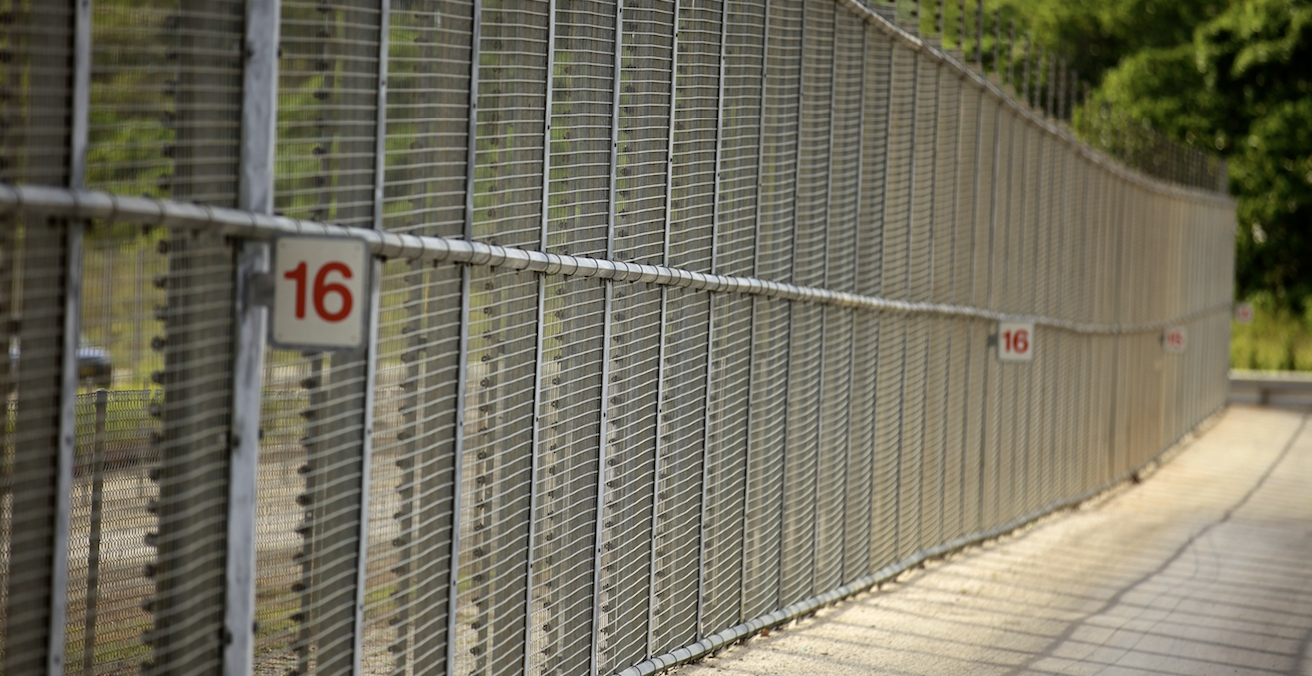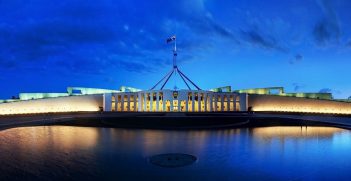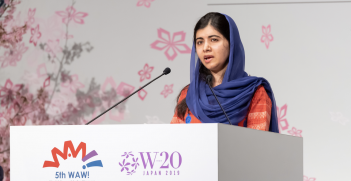Deportation Across the Tasman Sea

Australia and New Zealand have long been close allies. But for New Zealand, the fact Australia has deported more than 1,600 of its citizens in the last four years persists as a contentious issue in Trans-Tasman relations.
On 22 February, New Zealand Prime Minister Jacinda Ardern and her Australian counterpart Scott Morrison discussed the issue of Australia’s deportation of New Zealand citizens. Ardern remarked that Canberra’s “deportation of people who moved to Australia as children and have grown up there” had become “corrosive in our relationship over time.” Scott Morrison, for his part, contended that “visas are not citizenship, visas are provided on the basis of people being compliant with those visas and that doesn’t include committing crimes.” That the issue is raised at the highest level demonstrates it is a point of contention in an otherwise good bilateral relationship.
At the end of 2014, the government of Prime Minister Tony Abbott lowered the threshold for deportation in section 501 of the Migration Act, a change which has since seen more than 1600 New Zealanders deported. Among those sent back to New Zealand have been not just those who had lived in Australia since infancy, but also those with no criminal convictions and even one man who was born in Australia. Morrison, it should be noted, was the minister of immigration who introduced these changes to the legislation.
However, Australia’s removal of New Zealand citizens is a much longer-standing issue than the 2014 law change. In fact, Australian deportation law has become progressively tougher for New Zealanders over several decades.
Up until the 1980s, New Zealanders living in Australia had relative immunity from deportation because of their status as British subjects. This meant they could not be deported after five years of law-abiding residence. In 1983, the government of Prime Minister Bob Hawke changed the reference to “aliens” in the Migration Act to “non-citizens,” meaning New Zealanders could now be sent home if their deportable offence occurred within their first ten years of Australian residence. The ten-year rule meant, however, that those who had arrived in Australia as children were essentially still protected from deportation.
At this time, deportation remained relatively uncommon. What can be seen from any perusal of Administrative Appeals Tribunal (AAT) decisions involving the proposed deportation of New Zealand citizens in the 1980s, is a strong emphasis on humane considerations. Government frustration with this saw the government of Prime Minister Paul Keating adjust the settings in 1992 so that greater emphasis had to be placed on “the need to protect Australian society” instead of the personal circumstances of the deportee.
Ongoing frustration with the AAT led the Liberal-National Party Coalition, after it came to power, to further strengthen the government’s hand. In 1998 the government of Prime Minister John Howard inserted a new section 501 into the Migration Act, which gave the minister greater discretion to deport on character grounds and by-pass the ten-year absorption rule. It also introduced mandatory detention after visa revocation and allowed the minister to overturn an AAT decision when deemed in “the national interest.”
Inevitably, this led to the deportation of New Zealand citizens who had arrived as children. Denver Berryman was removed in 2005, despite having arrived in Australia in 1980 at less than one-year-old and having his entire extended family living in Western Australia (including his daughter). In 2004, the minister’s delegate cancelled the visa of Patricia Toia, who had arrived in Australia as a 14-month-old in 1979. After a drawn-out legal battle, Toia was eventually deported in 2009. Toia’s case was the first to really draw the New Zealand public’s attention to Australian policies on the matter. Phil Goff, New Zealand’s minister of foreign affairs at the time, even encouraged her lawyer to appeal, and the New Zealand Herald wrote that “Something is seriously wrong with international justice when a criminal who has spent almost her entire life in an adopted country can be deported to the country of her birth.”
The cases of Berryman and Toia show that the removal of New Zealand citizens who migrated to Australia as children is nothing new. The key difference now is the sheer scale and volume of Australia’s deportation of New Zealanders, sweeping up some whose offences are relatively minor.
Coupled with the greater ease of deportation, in 2001 New Zealanders’ access to citizenship was heavily curtailed. This has meant that New Zealanders who have moved to Australia since 2001 have stood very little chance of becoming Australian citizens (notwithstanding the creation of a new income-related pathway in 2016) and are thus inherently more vulnerable to deportation. This has particularly affected Maori and Pasifika, and indeed a majority of Australia’s deportees to New Zealand have been Polynesian.
In fact, the 2014 amendment to the Migration Act must be seen in the context of growing restrictions on New Zealanders’ rights in Australia since the 1980s. The requirement for passports in 1981, the six-month stand-down for the unemployment benefit in 1986 and the 2001 restriction on access to social security and citizenship have all effectively been migration filters, with the 2001 changes ultimately excluding New Zealanders not at the border but at the Centrelink welfare office. The ever-lowering threshold for deportation constitutes a similar form of exclusion, by allowing the removal of those who are already settled in Australia. While other nationals are subject to the same deportation rules, the largest group affected by far has been New Zealand citizens.
New Zealand, by contrast, continues to apply a ten-year absorption rule to residents beyond which they cannot be deported. Australians living in New Zealand are also eligible for social security benefits after two years of residence, student loans after three years and can vote in New Zealand elections after only one year.
Unless there is some resolution of the matter, Australia’s deportation of New Zealand citizens with little connection to their country of birth is likely to remain a serious irritant in the bilateral relationship. To be understood properly, however, it must be seen in the context of a much wider set of restrictions on New Zealanders’ rights, which require a resolution of their own.
Dr Paul Hamer is a research associate at Te Kawa a Māui, Victoria University of Wellington’s School of Māori Studies. His PhD (from Monash University) examines Māori inclusion and exclusion in Australia since Federation. He works as a public servant in Wellington, but the views expressed here are his own alone and not those of the New Zealand Government.
This article is published under a Creative Commons License and may be republished with attribution.





